Britain's Deluge Dilemma: Unpacking the Urban Flood Challenge Amidst Rising Rain Warnings
Explore the UK's escalating heavy rain warnings, focusing on urban vulnerabilities and vital flood preparedness. Understand Met Office alerts and how to adapt.
The New Face of UK Rainfall: Why Every Drop Counts
Britain's weather patterns are undergoing a noticeable transformation, with increasingly intense and frequent heavy rain events becoming a stark reality. It's no longer just about a grey, drizzly day; we're now experiencing deluges that dump significant volumes of water in incredibly short periods. For instance, an amber warning can signify 20 to 40mm of rain in just an hour, potentially escalating to a staggering 70 to 100mm over a few hours where downpours persist. This isn't merely an inconvenience; it represents a profound shift. Scientists have unequivocally stated that such record-breaking extreme weather is the 'new norm' for the , a direct consequence of carbon pollution from burning fossil fuels. This new reality means every drop of rain now carries more potential for disruption and danger, particularly in areas ill-equipped to handle such sudden inundations. While there might be fleeting moments of pleasant, sunny weather, the underlying trend points towards a future where heavy rainfall events are not just possible, but expected, demanding our attention and adaptation.
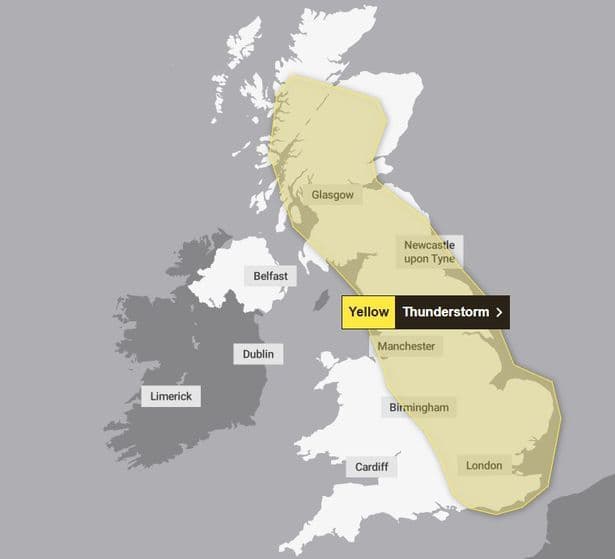
Decoding the Warnings: Amber, Yellow, and What They Mean for You
In this evolving climate, understanding the 's warning system becomes paramount. These aren't just abstract colours; they're vital alerts designed to help us navigate the risks. A Yellow warning, for example, signals potential disruption from scattered heavy showers and thunderstorms, with rainfall typically ranging from 15 to 25mm in under an hour, or 10-20mm more widely, though some spots could see 40mm. This level of rain can lead to localised surface water flooding, potentially affecting journey times and causing minor disruptions to power or services. However, an Amber warning elevates the threat considerably, indicating a 'danger to life' due to 'fast flowing or deep flood water.' Under such conditions, significant impacts are likely, including the flooding of homes and businesses, and the possibility of communities being cut off. The provides clear advice alongside these warnings: check if your property is at risk, consider preparing a flood plan and emergency kit, and adjust travel plans if necessary. Staying informed is the first line of defence against these escalating weather challenges.
Urban Under Siege: London's Impermeable Predicament
The implications of these increasingly severe rain events are felt most acutely in our urban centres, and stands as a prime example of this vulnerability. The capital's unique predicament stems from its vast expanse of impermeable surfaces – concrete, tarmac, and buildings that prevent rainwater from naturally soaking into the ground. When thunderstorms roll in, often from the continent, the water has nowhere to go. What might seem like a moderate downpour can rapidly transform into 'significant surface water flooding,' overwhelming drainage systems designed for a different era. This isn't just about wet streets; it means fast-flowing, deep floodwater, capable of cutting off communities, interrupting power supplies, and severely impacting transport networks, from roads to rail. Even 20-40mm of rain in an hour, or 70-100mm over a few hours, can turn busy thoroughfares into impromptu rivers. The iconic images of people navigating flooded streets in , , serve as a stark reminder of how quickly urban infrastructure can be brought to its knees by the sheer volume of water, highlighting the urgent need for systemic change.
Beyond the Forecast: Practical Steps for Community and Individual Resilience
While understanding the warnings is crucial, true resilience against Britain's evolving rainfall patterns demands proactive steps, both individually and collectively. The 's advice is a vital starting point: checking your property's flood risk, preparing a comprehensive flood plan, and assembling an emergency kit aren't just recommendations, they're essential safeguards. This includes having vital documents, medication, and warm clothing readily accessible. For those on the move, amending travel plans based on road conditions and public transport timetables can prevent delays and ensure safety. However, resilience extends beyond personal preparedness. Communities must also rally, perhaps by forming local flood groups, sharing information, and understanding localised risks. Simple actions, like clearing drains near your property, can make a surprising difference. This collective vigilance and preparation, moving beyond simply receiving a forecast to actively preparing for its potential impact, is what will truly strengthen our ability to withstand the 'new normal' of heavy rain and minimise disruption.
A Wetter Future: Adapting to Britain's Evolving Climate
The inescapable truth is that a wetter future is already upon us, demanding not just reactive measures but comprehensive, long-term adaptation strategies. As scientists confirm that extreme weather is now the norm, driven by the carbon pollution that has reshaped our climate, the imperative to adapt becomes undeniable. This isn't solely about individual households preparing flood kits; it requires a systemic overhaul of how we design, build, and manage our urban environments. Investing in green infrastructure, such as permeable paving, rain gardens, and urban green spaces, can help absorb excess water naturally, reducing surface runoff. Updating and expanding antiquated drainage systems is also critical. Urban planning must evolve to consider flood resilience at its core, moving away from creating more impermeable surfaces. This societal response, integrating climate adaptation into every layer of policy and infrastructure development, is the only sustainable path forward. Britain's evolving climate calls for a proactive, unified approach to safeguard our communities and ensure our cities can truly weather the storm.
Related Articles
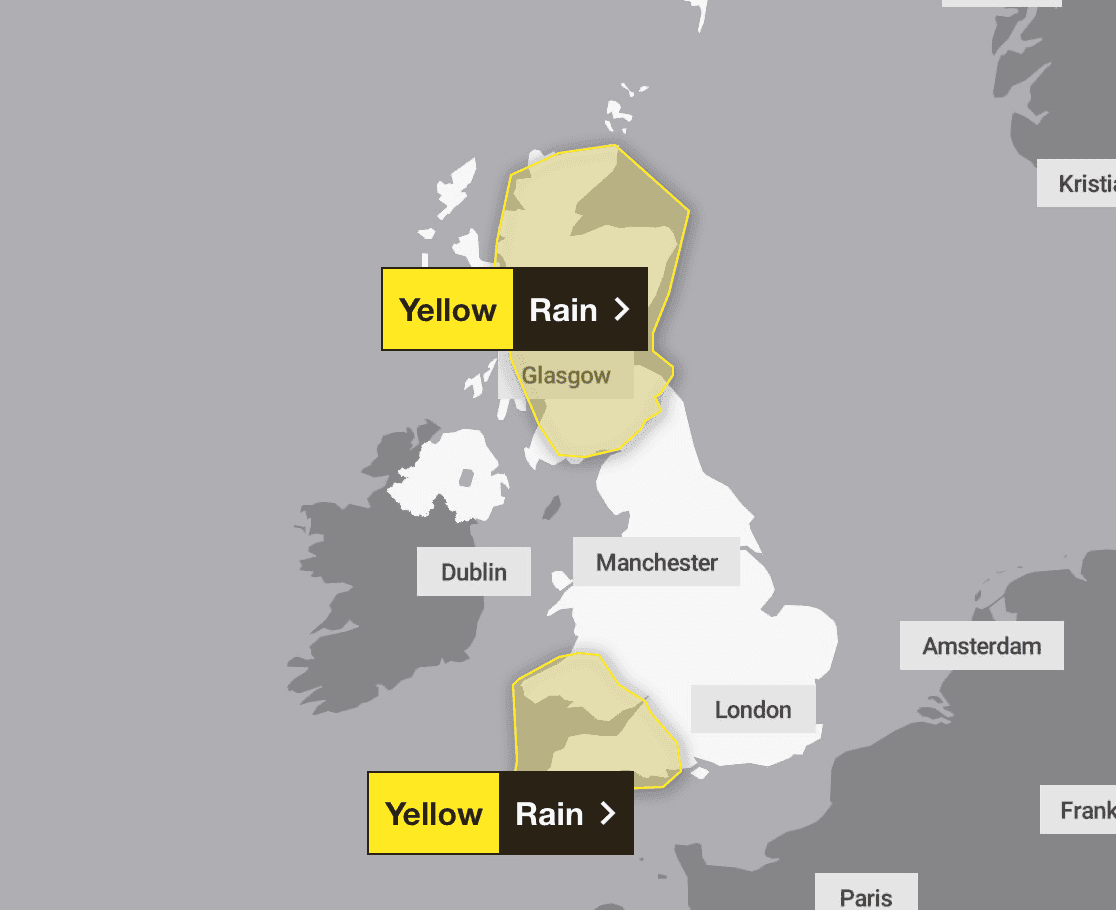
The UK's Unpredictable Skies: Decoding the Deluge Threat

The UK's Unpredictable Skies: Decoding the Deluge Threat
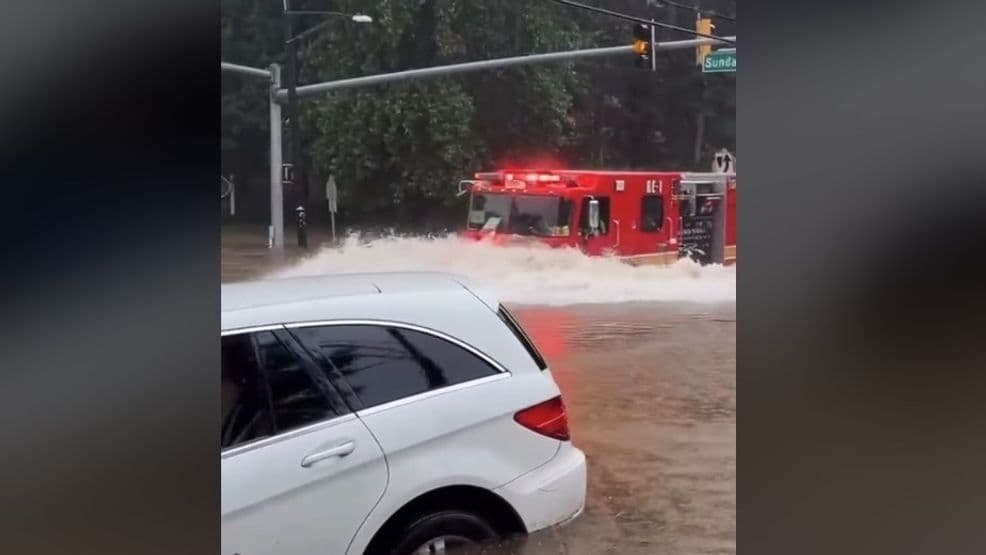
The Unseen Floodlines: Why Your City's Weather Risks Are Deeper Than You Think

The Unseen Floodlines: Why Your City's Weather Risks Are Deeper Than You Think
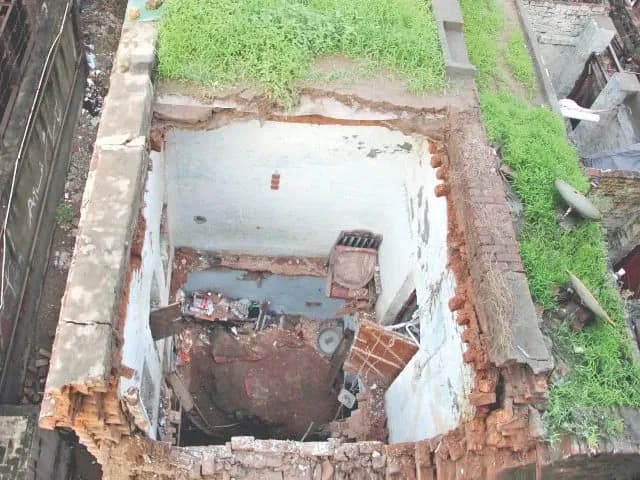
The Sky's Shifting Mood: Building Resilience in Rain's New Era

The Sky's Shifting Mood: Building Resilience in Rain's New Era
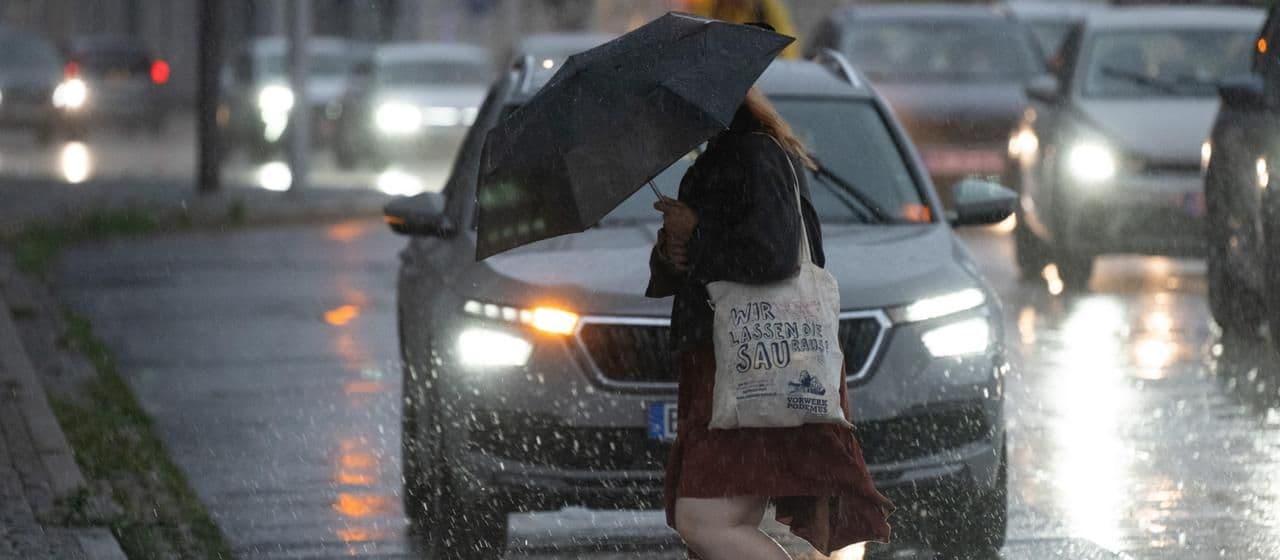
The Coming Deluge: Germany's Highest Storm Alert and the Battle for Resilience
